Mining is an industry that spans the globe. It places people and equipment in in all environments, often in some of the most remote places, where conditions push the envelope for sustained human activity or survival. Working in such locations means contending with temperatures as low as -50˚F (-46°C) or as high as 125˚F (52°C), along with brutal winds that pummel the crew and equipment at 75 miles per hour (120 KPH), or higher wind speeds in some locations. While it is easy to think miners would be protected from harsh environmental conditions on the surface by mining underground, some underground mines can reach an ambient temperature of 140˚F (60°C).
It is a brutal endeavor to take on, and faced with the daunting task of operating in such environments, most mining companies will find the risk-to-reward ratio and short-term returns on investment (ROI) too small. For those select few companies seeking a competitive edge, the potential long-term reward outweighs the financial risk. This is only made possible by investing in life-saving equipment and effective systems capable of increasing the efficiency of operating in such conditions.
A report by infomine in 2014 highlights companies that have successfully faced these challenges. As noted in the report, more than 200 different Arctic mining projects were proposed that year. By the time the report was published, only six mining companies were operational.
Changes in climate, and the need to pursue resources in more remote locations with extreme weather conditions, pose significant challenges and require mining companies to adapt new technologies and methodologies.
The Coldest Mines on Earth
One of the first challenges to overcome when mining in the far north, is establishing the living and workspace. According to the vice-president of Nuna Logistics, there is often very limited access to the location where the mine will be established, and at best there are seasonal ice roads available for equipment movement and installation at the site. While some locations do offer all-year-round aircraft access, cost and size restrictions often limit the availability of this option.
Even with an ice road available, a normally simple mechanical failure can prove disastrous. Frigid temperatures can easily freeze and burst hydraulic lines, and an over-cooled engine often leads to early component failure. Just replacing a flat tire can quickly turn into a race against the clock to keep the engine warm enough to avoid overcooling, not to mention a life-threatening situation for the driver.
Onsite, equipment that runs above ground needs to have a protected. Stockpiles of gravel are used to make the area more navigable in snowy and icy conditions, so that the machinery doesn’t get stuck. Processing equipment and trucks that transport the equipment also need protection from the elements to keep them warm and in working order, since down time leads to breakdowns.
Worker Safety
Workers in open pit mines experience some of the harshest working conditions possible. Employers are often required to provide effective protective clothing for their workers that can include outer, middle, and inner layers of insulated clothing. While Arctic open-pit miners do select their clothing based on environmental factors like wind, moisture, and temperature as well as how long they will be outside and what their own preferences are, it’s often still insufficient at working temperatures. New advancements in clothing specifically designed for working in the Arctic, or other locations with extreme cold temperatures, reduce skin exposure and have built-in heaters.
Another solution to combating the extreme dangers of working in such frigid temperatures: “Warm up shacks”. These are an on-site option for workers to use as needed to get out of the cold. These structure are typically cheaply made with plywood and 2×4’s, and are no more elaborate than their name suggest. They can be insulated and heated for faster warm up times.
Mining companies wishing to provide their workers with better accommodations for warming up, or a portable building solution that can be quickly setup in case of an emergency or survival situation, will find survival shelters from Alaska Structures an invaluable asset to any mining operation. This is especially true for mining operations that require a structure that is can be easily relocated to different work sites, and set up in as little as 10 minutes. Alaska Structures custom designs fabric building systems, large or small. Their tensioned fabric structures have been used by mining companies in more than 85 countries around the world, and in some of the most extreme environments. Optional insulation, heating and cooling systems, plug-and-play lighting and electrical systems are available to keep workers safe and warm against life-threatening temperatures and unexpected wind, rain, hail, snow, or dust storms. All Alaska Structures are engineered to meet local or international codes for safety and durability.
Mining in Extreme Heat
Mining operations in desert locations such as Dallol, Ethiopia require insulated building systems to protect mining crews and administrative personnel from the extreme heat, dust, and sand, which can also damage machinery and equipment.
In such locations, extreme heat and exposure to powder-fine dust, and sand can quickly turn from being a gritty nuisance, to become deadly. Building systems not engineered to withstand high temperatures and solar load (UV exposure) will quickly degrade. Lighting and electrical systems, as well as HVAC systems not designed to operate in such harsh conditions will experience electrical and mechanical problems, ultimately resulting in failure. Failures of equipment and support systems needed for ongoing mining operations are both time consuming and costly.
When it comes time to selecting portable building solutions for your desert mining operation, there are many modular building solutions to choose from. Special attention should be given to determine the building systems’ longevity and durability, the logistical burdens of transportation and delivery, ease of setup and relocatability, and successful project experience.
No other company has supplied more building systems to desert environments than Alaska Structures®. In addition to designing and engineering building and camp systems for extreme cold climates, Alaska Structures has a successful and long-standing track record of designing and deploying more than 65,000 fabric structures and more than 19,000 Alaska ECUs™ (environmental control units) to some of the hottest places on Earth. Engineered to withstand high winds, sand storms, and extreme solar loads, tensioned fabric structures from Alaska Structures offer a dramatic savings in transportation compared to container or trailer systems.
For comparison, a flatbed trailer can only deliver a single modular container system at a time – providing living accommodations for 2 people. When using fabric building systems from Alaska Structures – a single flatbed trailer can deliver living accommodations for up to 56 people. When considering the infrastructure needed to support a large mining operation of 100, 200, 500, or 1000+ people, the logistical burden of using storage containers, container offices, or prefabricated living containers becomes astronomically expensive.
Whether it is a single cooling shelter, used to provide refuge from record breaking temperatures or a cooling center for a 500-person mining camp for the remote and blistering deserts of Africa, Alaska Structures designs and engineers buildings capable of being setup in 10 minutes or less. Equipped with optional insulation systems and powerful ECUs, maintaining a cool interior temperature to protect workers from the heat can be done effectively and efficiently.
If you are interested in learning more about cold-weather mining camps or fabric buildings engineered to withstand extreme desert conditions, or to discuss your upcoming mine site infrastructure needs, please call us at +1-907-344-1565. Alternatively, feel free to send us an email or use our online contact form.
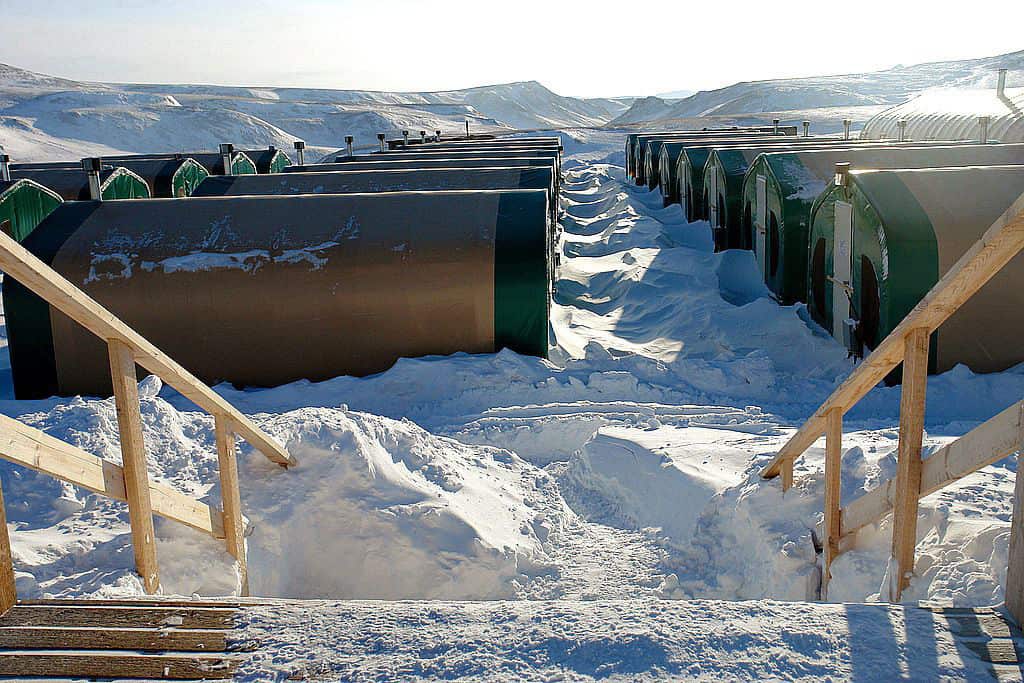
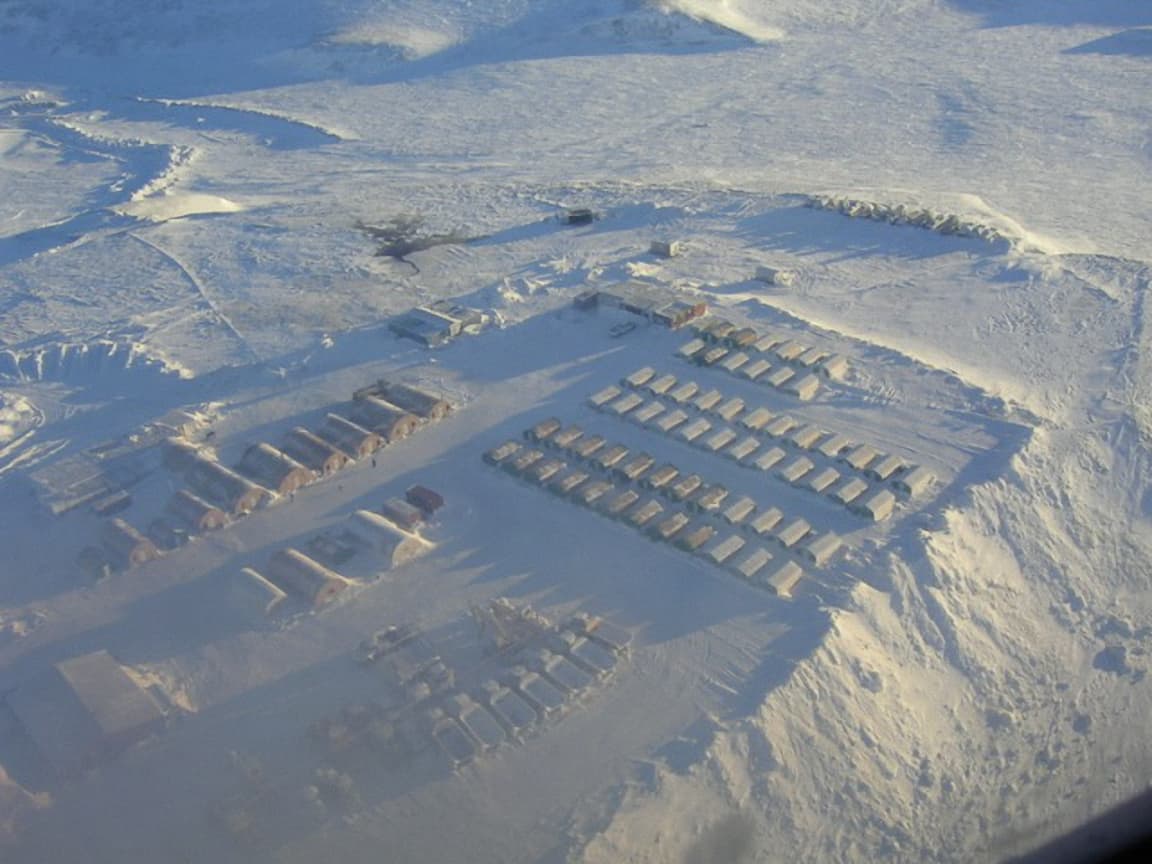




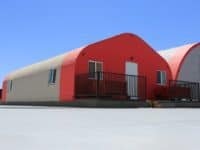

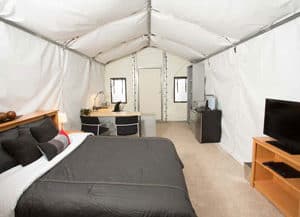

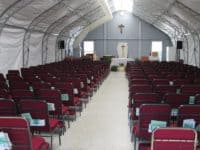
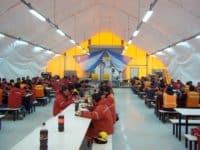
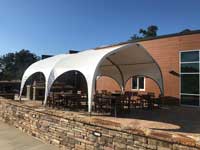
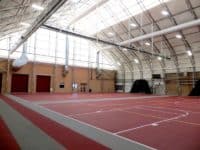

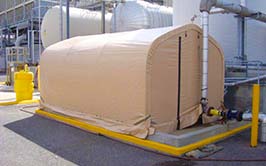

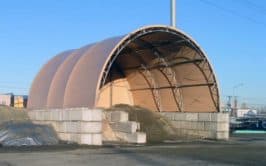
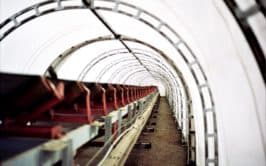
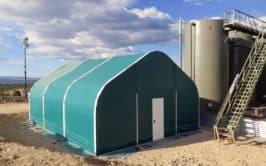


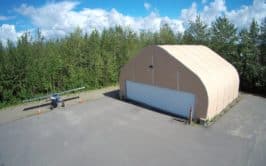
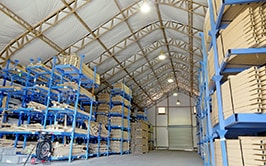
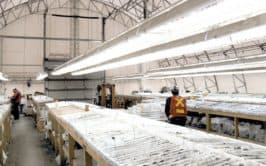
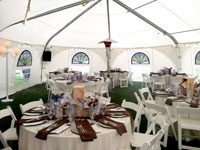
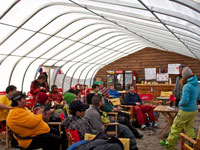

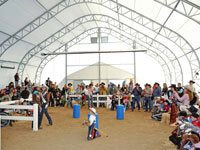
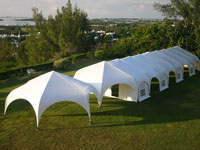

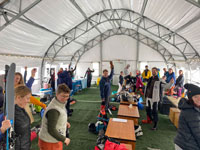
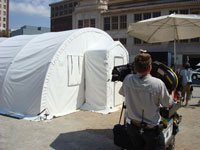
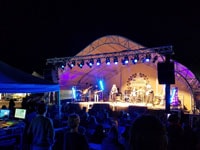




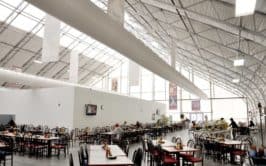






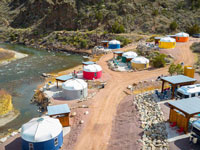
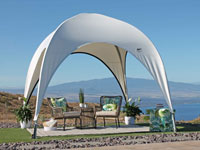

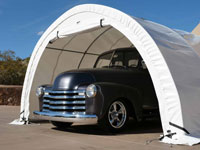
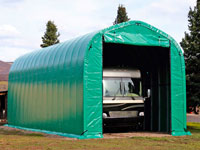




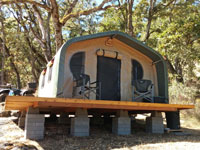
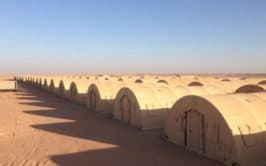
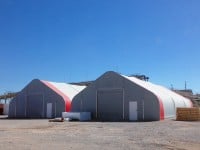
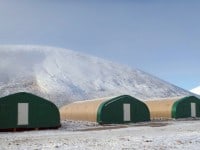
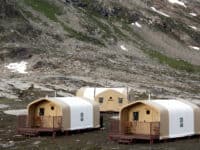
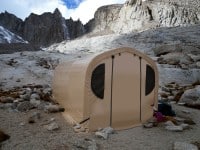
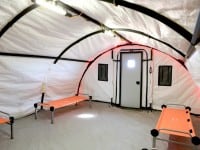
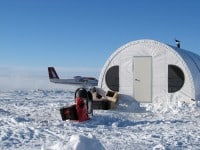
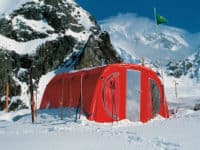
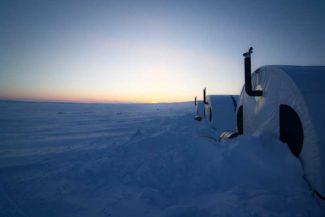

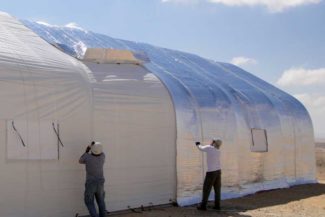


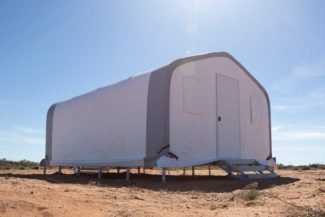

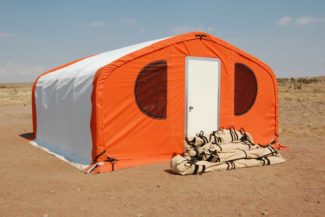




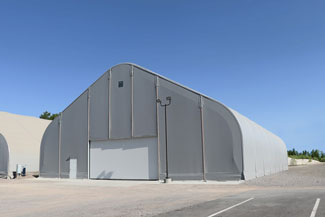

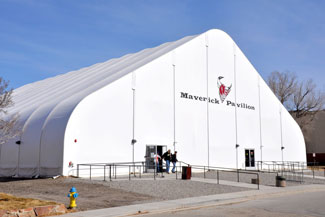
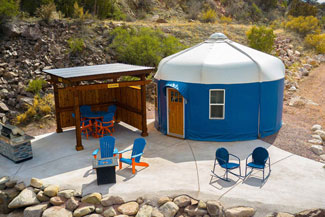
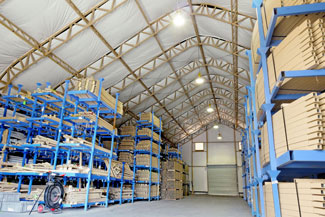

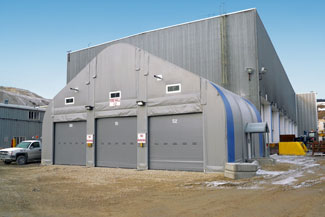
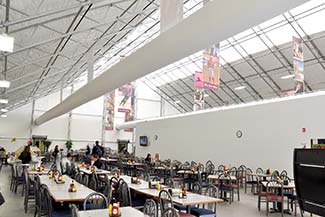

Leave a Reply